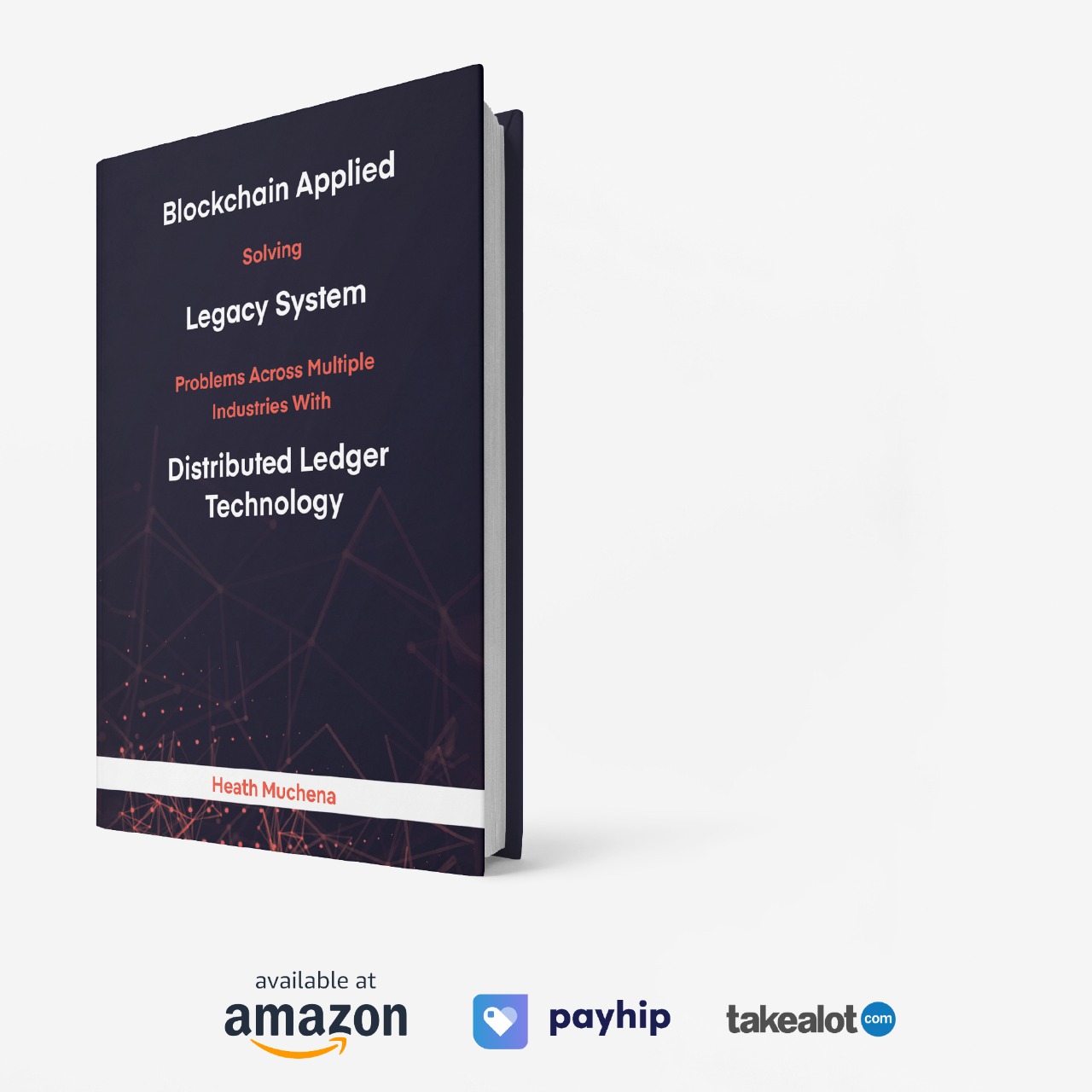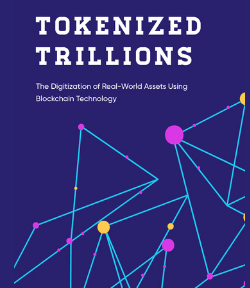
Base vs. Solana vs. Ethereum: Battle for AI Agent Dominance
Best blockchains for AI agent operations.
When AI agents are managing portfolios, predicting markets, executing trades on-chain, bridging assets, managing bots, or interacting with users, the underlying blockchain matters. Latency, transaction costs, developer tooling, and network adoption each tilt the balance. In the the battle for the ideal deployment environment, Base, Solana, and Ethereum each bring distinct trade-offs—and we’re already seeing agents choose sides.
Each chain offers a different edge:
- Base leads with social integrations and low fees.
- Solana dominates on speed and throughput.
- Ethereum anchors the ecosystem with liquidity, tooling, and security.
In this in-depth analysis, we break down the three power chains of agent operations, explore where AI agents are actually launching, and map the token economy fueling this new frontier.
Ethereum: The Sovereign Layer of Trust
Ethereum remains the anchor chain for AI and DeFi ecosystems. Its unmatched security, composability, and liquidity make it the ultimate “settlement layer” for agentic finance.
Key Strengths
- Liquidity & Stability: Most institutional and DeFi capital still flows through Ethereum. Agents handling high-value settlements or collateralized positions benefit from this liquidity base.
- Tooling & Compatibility: Developers have a rich suite of frameworks like Foundry, Hardhat, Tenderly, and OpenZeppelin to build, test, and deploy intelligent smart contracts.
- Data Depth: Decades of on-chain analytics allow AI models to train on massive datasets—essential for behavioral modeling and risk calibration.
Weaknesses
- Latency & Cost: Ethereum’s block times (~12 seconds) and fluctuating gas fees make it inefficient for real-time agent execution.
- Scalability Reliance: Many AI agents on Ethereum rely on Layer-2 solutions like Base, Optimism, or Arbitrum to offload computation and interactions.
Best for: Governance, long-term storage of models and contracts, high-value agent execution, institutional use cases.
Solana: The Speed Layer for Autonomous Systems
Solana is where performance meets autonomy. It delivers high throughput, low fees, and sub-second confirmations—ideal for AI agents that need to act in milliseconds, not minutes.
Key Strengths
- Ultra-Low Latency: With ~400ms block times, Solana enables high-frequency AI strategies such as automated arbitrage, micro-prediction markets, and in-game economic loops.
- Minimal Fees: Less than a cent per transaction—perfect for agents executing frequent micro-trades or prediction market recalibrations.
- Scalable Architecture: Solana’s monolithic design keeps state consistent across validators, reducing complexity for multi-agent coordination.
Weaknesses
- Reliability Risks: Past outages have raised concerns about uptime and node centralization—critical for agents requiring 24/7 autonomy.
- Smaller Agent Tooling: While strong for DeFi, Solana still lacks the specialized SDKs and frameworks emerging around Ethereum’s EVM ecosystem.
Best for: Real-time agentic operations, prediction markets, and high-frequency trading bots.
Base: The Social Layer for Agent Adoption
Base, the Ethereum Layer-2 developed by Coinbase, is quickly becoming the default launchpad for AI agents. Its seamless user experience, low fees, and integration with social platforms make it the perfect home for agents that interact with people—not just contracts.
Key Strengths
- Social Integration: Base connects natively with Farcaster, X, and other social protocols. Agents like Bankr and Virtuals leverage these rails for chat-based trading and automation.
- EVM Compatibility: Base inherits Ethereum’s tooling but executes faster and cheaper—ideal for micro-transactions and continuous agent loops.
- Rapid Growth: Since mid-2025, Base has hosted more agent launches than any other chain, positioning itself as the agent hub of the AI-DeFi era.
Weaknesses
- Lower Liquidity: Still growing compared to Solana and Ethereum, but its linkage to Coinbase ensures ongoing user and capital inflows.
- Dependence on Ethereum: Base inherits Ethereum’s finality, which means transactions are only fully secured when settled back to L1.
Best for: Chat-based AI agents, consumer-facing tools, and retail-scale automation.
AI Agents Taking Over the Chains
| Agent / Project | Primary Chain | Function | Token / Venue |
|---|---|---|---|
| Virtuals Protocol | Base | AI agent creation, co-ownership, and revenue sharing | VIRTUAL — traded on Uniswap (Base) and Binance.US |
| Bankr | Base (multi-chain ops) | Chat-based DeFi agent for swaps, bridges, and trades | BNKR (narrative token, launching Base liquidity pools) |
| Billy Bets | Base | AI sports prediction market agent | BILLY — DEX listings on Base, soon on CEX |
| Sire | Base | Sports intelligence and AI prediction vaults | SIRE — traded on Aerodrome / Uniswap v3 (Base) |
| DWAIN Agent | Base / Gate | On-chain AI gaming agent and competitions | DWAIN — listed on Gate.io |
| PredictBase | Base | Tweet-to-trade prediction market protocol | PREDI — Uniswap (Base) |
| Sportstensor | Bittensor subnet | Prediction miner network and on-chain oracle layer | SN41 — MEXC / Uniswap |
| Score (Subnet 44) | Bittensor | Computer-vision agents for live sports data | Native TAO subnet reward |
| Polytrader | Base | Polymarket companion agent for AI-powered trading | POLY — tracked on CoinGecko / Uniswap (Base) |
| ASI / FET (Artificial Superintelligence Alliance) | Multi-chain (Ethereum / Cosmos / Base bridges) | Cross-chain AI compute & coordination | ASI (FET) — Binance, Coinbase, KuCoin, Bitget |
This ecosystem shows Base dominating agent deployments due to its social connectivity and developer friendliness. Solana is gaining attention for latency-critical use cases, while Ethereum anchors the long-term infrastructure for secure custody, governance, and token liquidity.
Metrics that Decide Agent Performance
| Feature | Ethereum | Base | Solana |
|---|---|---|---|
| Block Time | ~12 sec | ~2 sec | ~0.4 sec |
| Average Tx Cost | $0.50–$2 | <$0.05 | <$0.01 |
| Security / Finality | High | High (inherits ETH) | Moderate |
| Liquidity | Very High | Medium-High | Medium |
| Developer Tooling | Excellent | Excellent (EVM) | Growing |
| Social / UX Layer | Moderate | Very Strong | Weak |
| Agent Launch Activity (2025) | Moderate | High | Medium |
Winner: Base — for real-world agent deployment momentum, integration depth, and adoption velocity.
Runner-up: Solana — for unmatched speed and cost structure.
Foundation Layer: Ethereum — for long-term credibility and capital gravity.
The Future: Hybrid Agents Across Chains
By 2026, most agent ecosystems will be multi-chain hybrids. Core logic will anchor on Ethereum, while operational execution flows through Base or Solana.
- Prediction market agents will arbitrate across Base → Solana → Polymarket.
- Institutional AI traders will custody funds on Ethereum but execute across low-latency Solana.
- Social agents like Bankr or Virtuals will expand from Base into Solana for yield access and user reach.
The result: a multi-layer AI economy, where data, liquidity, and computation move fluidly across the most efficient rails.
The Base Layer of the Agentic Era
Every financial revolution has a platform moment—the internet had TCP/IP, DeFi had Ethereum, and now, AI agents have Base. Base combines Ethereum-grade security, Web2-level usability, and social-native interfaces, enabling a generation of AI agents that act, trade, and communicate directly with users.
Solana will remain the speed chain for high-frequency strategies. Ethereum will persist as the trust layer for capital. But as the agentic ecosystem expands, Base is emerging as the first home of intelligent money—where autonomy meets accessibility.






